Prospective study of superior cluneal nerve disorder as a potential cause of low back pain and leg symptoms
- PMID: 25551470
- PMCID: PMC4299373
- DOI: 10.1186/s13018-014-0139-7
Prospective study of superior cluneal nerve disorder as a potential cause of low back pain and leg symptoms
Abstract
Background: Entrapment of the superior cluneal nerve (SCN) in an osteofibrous tunnel has been reported as a cause of low back pain (LBP). However, there are few reports on the prevalence of SCN disorder and there are several reports only on favorable outcomes of treatment of SCN disorder on LBP. The purposes of this prospective study were to investigate the prevalence of SCN disorder and to characterize clinical manifestations of this clinical entity.
Methods: A total of 834 patients suffering from LBP and/or leg symptoms were enrolled in this study. Diagnostic criteria for suspected SCN disorder were that the maximally tender point was on the posterior iliac crest 70 mm from the midline and that palpation of the tender point reproduced the chief complaint. When patients met both criteria, a nerve block injection was performed. At the initial evaluation, LBP and leg symptoms were assessed by visual analog scale (VAS) score. At 15 min and 1 week after the injection, VAS pain levels were recorded. If insufficient pain decrease or recurrence of pain was observed, injections were repeated weekly up to three times. Surgery was done under microscopy. Operative findings of the SCN and outcomes were recorded.
Results: Of the 834 patients, 113 (14%) met the criteria and were given nerve block injections. Of these, 54 (49%) had leg symptoms. Before injection, the mean VAS score was 68.6 ± 19.2 mm. At 1 week after injection, the mean VAS score significantly decreased to 45.2 ± 28.8 mm (p < 0.05). Ninety-six of the 113 patients (85%) experienced more than a 20 mm decrease of the VAS score following three injections and 77 patients (68%) experienced more than a 50% decrease in the VAS score. Surgery was performed in 19 patients who had intractable symptoms. Complete and almost complete relief of leg symptoms were obtained in five of these surgical patients.
Conclusions: SCN disorder is not a rare clinical entity and should be considered as a cause of chronic LBP or leg pain. Approximately 50% of SCN disorder patients had leg symptoms.
Figures


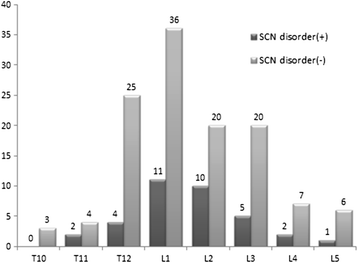
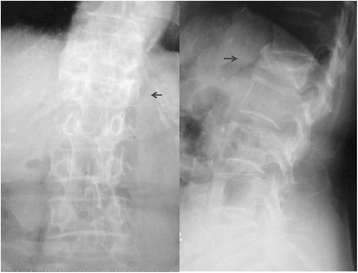
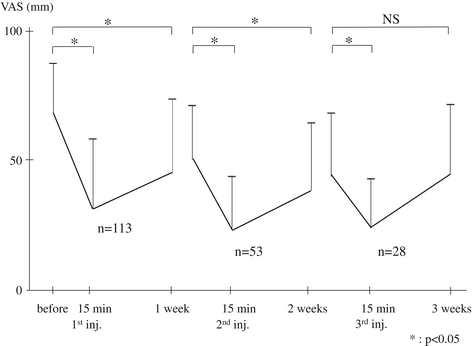
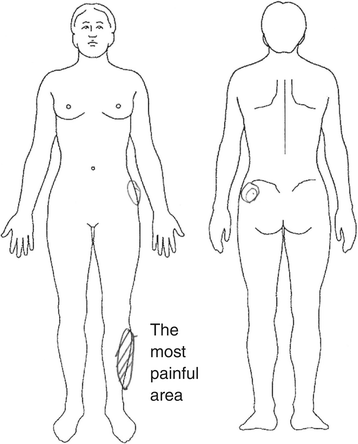
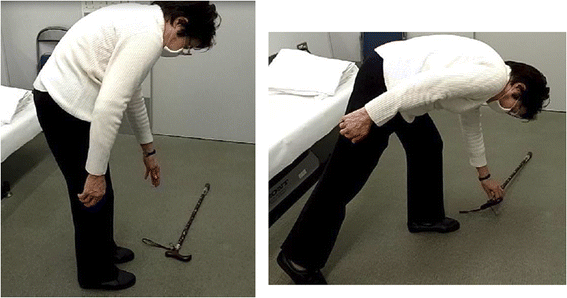
References
-
- Aizawa Y, Kumaki K. The courses and the segmental origins of the cutaneous branches of the thoracic dorsal rami. Kaibogaku zasshi. 1996;71:195–210. - PubMed
-
- Strong EK, Davila JC. The cluneal nerve syndrome; a distinct type of low back pain. Ind Med Surg. 1957;26:417–429. - PubMed
-
- Maigne R. Low back pain of thoracolumbar origin. Arch Phys Mcd Rehabil. 1980;61:389–395. - PubMed
MeSH terms
LinkOut - more resources
Full Text Sources
Other Literature Sources
Medical
Miscellaneous

